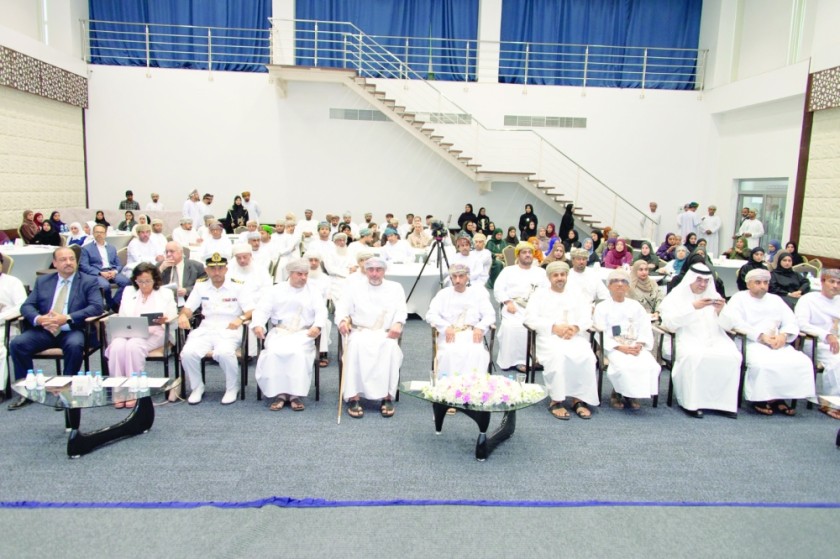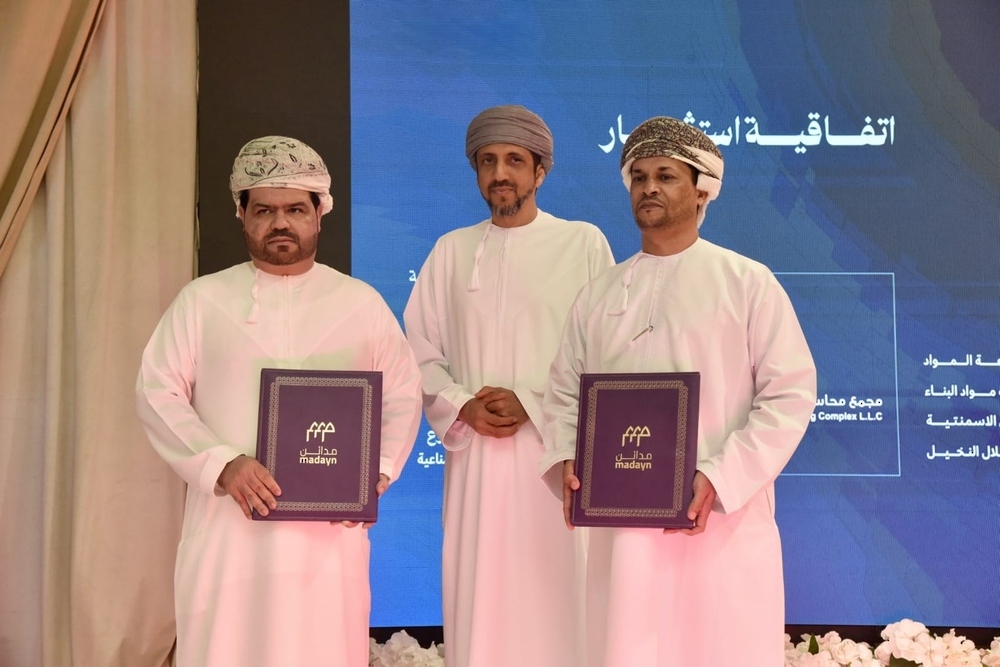A Celebration of Living Traditions
In the heart of Muscat, a remarkable gathering unfolded a symposium that wasn’t just a conference, but a heartfelt celebration of identity, memory, and the shared stories that bind people together. At the event, experts, students, and cultural stewards came together with a simple but profound mission: to shine a spotlight on the enduring power of intangible heritage and how it can be a compass for sustainable knowledge and development.
Steering Culture into the Future
Hosted by the German University of Technology in Oman (GUtech), the symposium titled “Living Heritage: A Human Story and the Sustainability of Knowledge” served as more than a platform for academic discourse; it became a bridge between Oman’s past, its present aspirations, and the future it is shaping. Under the auspices of leadership from both the Ministry of Heritage and Tourism and the Ministry of Culture, Sports and Youth, the gathering reflected a unified vision that heritage is not static. It lives, breathes, evolves, and must be guided into the future with intention.
Why Intangible Heritage Matters
When we think of heritage, often the first things that come to mind are grand monuments, architectural wonders, or historic landscapes. But intangible cultural heritage, the rituals, oral traditions, culinary practices, craftsmanship, songs, and community knowledge passed down through generations, carries something equally important: the human spirit. The symposium emphasized that preserving intangible heritage is not just about safeguarding traditions; it is about ensuring people remain connected to their roots, to each other, and to the land that nurtures them.
Heritage Meets Sustainable Development
What was particularly inspiring about the event was how it linked heritage to sustainable development in practical ways. The first session, on “Intangible Cultural Heritage: Policies and Initiatives,” explored how cultural traditions can drive education, public health, and community well-being. One keynote, for instance, discussed the relationship between culinary arts, traditional knowledge, and sustainability, reminding us that something as everyday as food can carry deep meaning and long-term value.

Collaboration Between Government, Private Sector and Academia
The second session focused on “The Role of Governmental and Private Entities in Intangible Cultural Heritage.” Experts from various sectors shared how their institutions are working to document, safeguard, and invigorate Omani heritage. What stood out was the collaborative tone: heritage isn’t the burden of one body alone, but a shared endeavor. The private sector, academia, and grassroots practitioners each bring a vital piece of the puzzle, and together, they ensure that heritage continues to thrive.
Exhibition, Manuscripts, and Stories
Beyond the lectures, the symposium included an exhibition displaying photographs by Omani artists and rare manuscripts reflecting Oman’s diverse cultural legacy, a visual and tactile reminder of heritage’s richness. The opening ceremony also featured a documentary film showcasing Omani cultural elements listed by UNESCO as intangible heritage. These elements are living, not locked away in museums, and the visual displays reinforced that idea beautifully.
Youth, Research, and the Next Generation
It was encouraging to see postgraduate students and young researchers among the participants. The emerging generation is poised to take up the mantle of documenting, interpreting, and living heritage in new ways. The symposium’s focus on “indicators of intangible cultural heritage in Oman within sustainable development dimensions” reminded us that quantifying heritage’s impact is part of the modern challenge, and the young scholars are ready to embrace it.
Heritage in Everyday Life: Oceans, Horses, and Beyond
Some of the more unexpected presentations brought heritage into surprising contexts: traditional seafaring and fishing practices, horse breeding combined with health traditions, and maritime voyages capturing heritage milestones. These examples illustrate how heritage isn’t just about the old or the remote, it’s woven into everyday life, into the sea, the land, the animals, the farmer, and the fisherman.

Digital Documentation and Education
A recurring theme was the need for digital documentation and alignment with national educational philosophies. Heritage must be made accessible, relatable, and alive, not hidden behind academic walls. When digital archives, multimedia resources, and educational curricula engage with heritage, they allow broader audiences, students, community members, and global audiences, to connect with meaning, not just facts.
From Reflection to Action
Symposium events like this one are valuable because they bring ideas to light. But the real test lies in translating ideas into action. Oman’s efforts to document, safeguard, and integrate intangible heritage into sustainable development pathways are promising. The presence of government leaders, ministers, academics, and practitioners at this event shows commitment. That said, the tangible next steps, funding programs, community-led initiatives, digital platforms, and educational modules, will determine whether the momentum sustains.
The Human Story at the Centre
What resonated most was the human story. Heritage is not simply a list of traditions; it is people, memory, relationships, and identity. Each time a fisherman shares a technique passed down through generations, each time a musician learns a tune reserved for a ceremony, each time a community gathers to tell stories around its own way of life, the intangible heritage lives. When institutions, young people, and communities come together in forums such as this, they reaffirm that knowledge is not just archival, it is dynamic, lived, and shared.
Why This Matters Globally
While the symposium took place in Oman and focused on Omani heritage, the lessons are universal. Around the world, communities face rapid change, technological shifts, migration, urbanization, and climate challenges. In such times, intangible cultural heritage provides roots, resilience, and relevance. When knowledge is preserved and adapted, when traditions meet innovation, sustainable futures take shape.
Looking Ahead with Hope
The story emerging from this symposium is one of hope and possibility. It shows a nation recognizing that heritage isn’t a relic of the past, it is a resource for today and tomorrow. It highlights how policy, education, and community need to align around culture for knowledge to live and evolve. It inspires us to ask: how does our own heritage matter? How can our traditions, memories, and practices be documented, celebrated, and laid down for future generations?
Invitation to Participate
For readers, this means two simple invitations: listen and engage. Listen to the stories around you, the elders’ tales, the crafts practiced in local workshops, the songs sung on festive occasions. Engage by asking questions, sharing practices, and documenting what matters. In this way, intangible heritage becomes alive in everyday life, not just in grand halls or symposiums.
Final Reflection
The themes of the symposium remind us that culture, knowledge, and sustainability are inseparable. When we preserve intangible heritage thoughtfully, we preserve a way of being. We safeguard not just what we were, but what we can be. The event in Oman is a reminder that heritage can be dynamic, inclusive, and forward looking. It’s a reminder that the human story is central to sustainable knowledge and that in preserving our traditions we shape our future.
As we reflect on this gathering, we can carry forward one key message: heritage is alive only when people engage, document, pass on, and integrate it into their daily lives. By doing so, we ensure that the richness of traditions, stories, and practices remains vibrant, not just for remembrance but for inspiration, innovation, and belonging.
In the end, what was celebrated in Muscat is not a distant archive but a living dialogue between generations, between people and place, between past and future. That dialogue is the heartbeat of heritage. It is the promise of sustainable knowledge. And it belongs to all of us.
Do follow Gulf Magazine on Instagram.
Also Read – Omani Youth Day Celebrates Bright Minds and Inspiring Achievements



